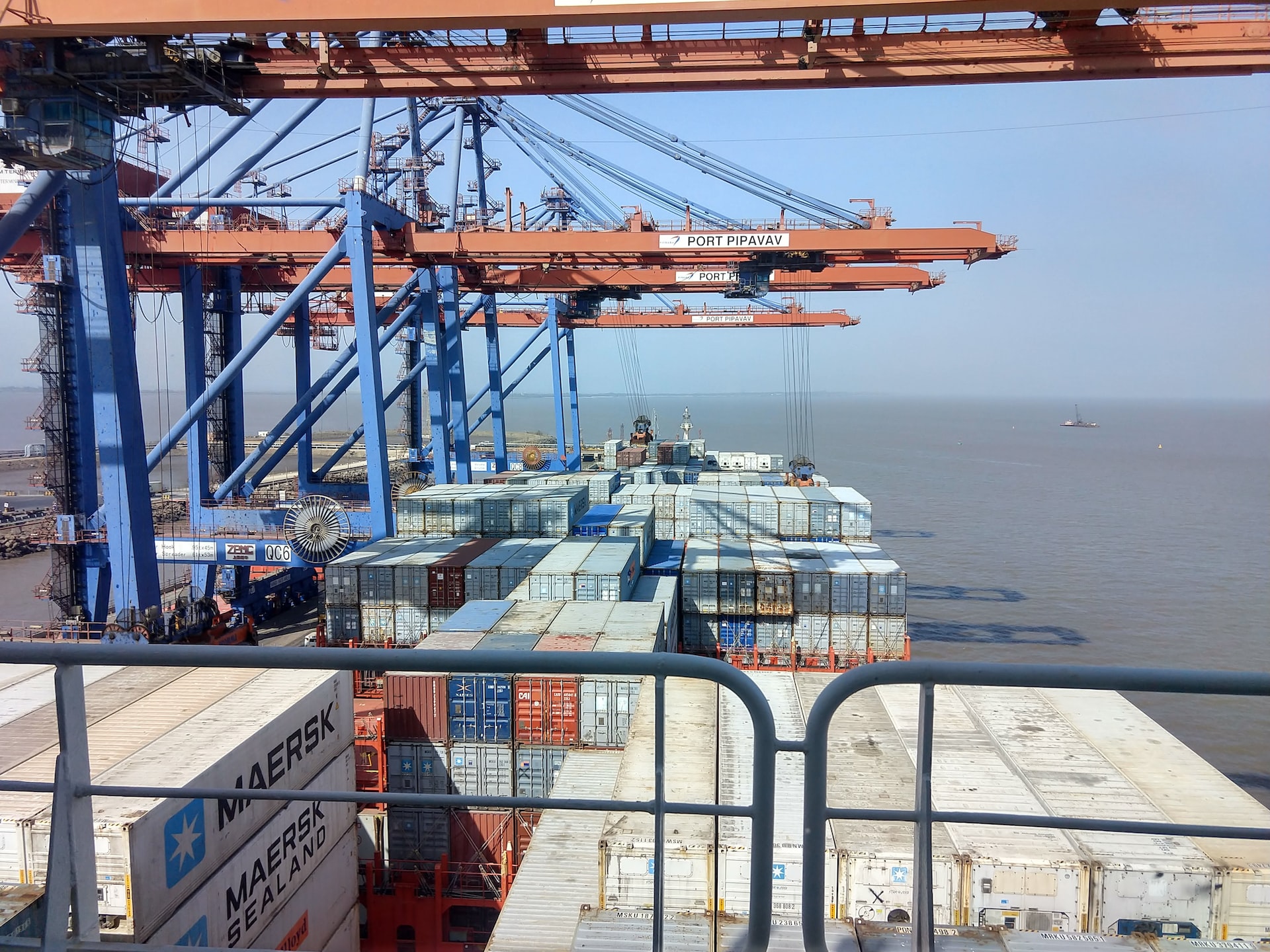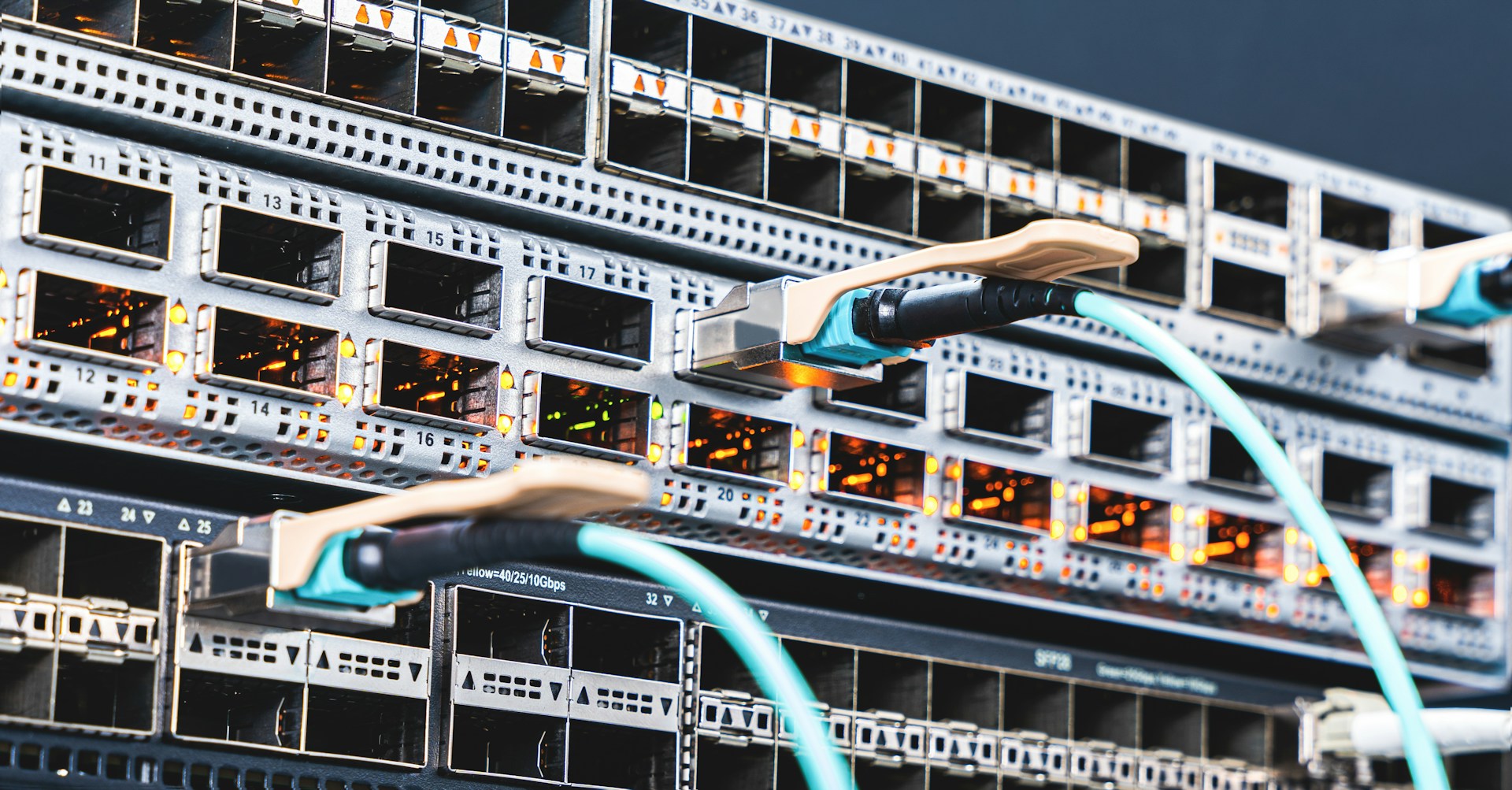The Belt and Road: Powering Forward
China’s Belt & Road Initiative (BRI) is an ambitious infrastructure project that spans 138 countries globally – from East Asia to Latin America, and from Africa to Eastern Europe. China has invested more than $100 billion in BRI countries thus far, and trade between China and participating countries has surpassed $6 billion.
These numbers indicate that the BRI is fast becoming one of the defining politico-economic phenomena of this century, going as it does, hand in hand with China’s ascendancy to a global power. It is resulting in growing Chinese influence through deepening economic and strategic ties with partner countries, many of which are in dire need of capital (and expertise) to build infrastructure.
Naturally, the BRI is being watched closely by the global community. There are also questions around what it means for Chinese influence vis-à-vis US’ global supremacy, particularly as the US has sought to recede somewhat from the global stage over the past few years. But all of this could change with the Biden presidency.
Will the US approach to the BRI (and to China) change in the new year and beyond? These will be among the issues discussed at the upcoming Horasis Extraordinary Meeting on the USA, which is scheduled to take place virtually on 18 March 2021.
The Silk Route Has Existed for Centuries
There have been concerns expressed around growing sovereign debt resulting from the BRI, and how this puts recipient countries at a disadvantage vis-à-vis China. While this may be the case in some circumstances, it is also true that China extends loans towards building infrastructure projects that these countries desperately need but cannot finance. Moreover, these are approved by recipient governments prior to implementation. Finance ministries must surely be assuming steps to ensure due diligence processes are followed through.
That some countries end up with debt-related troubles says more about financial imprudence on their part than it does about any expansionist ambition China may have. A few others have chosen to pause and take stock of the implications of the large spending on BRI projects on their fiscal positions. Malaysia is one example, having cancelled or put on hold a few BRI-related projects owing to their high costs that it could not afford.
Additionally, the BRI is strengthening trade relations between several countries, and contributing to economic development through deeper economic integration. This is nothing new. In former times, China’s Silk Route wound its way across the Eurasian continent with merchants carrying ware of all kinds. On many fronts, the BRI really is an extension of a trade network that has not emerged abruptly. It has been in existence for eons and it has facilitated commerce and contact between the East and West.
Interestingly, Chinese technology major Alibaba chose the ancient city of Xi’an to build its regional headquarters. Xi’an marked the eastern end of the ancient Silk Route.
The Pandemic’s Effects on the BRI
A June 2020 survey released by China’s Ministry of Foreign Affairs found one-fifth of planned BRI projects were seriously affected by the coronavirus pandemic. Although lending activity around the BRI has slowed, investments made by businesses have become more selective and targeted. This is in an effort to avoid wasteful spending and to increase sustainability of credit-based infrastructure along the BRI.
Chinese firms are now seeking to widen their supply chains beyond China and build manufacturing capacities in neighboring countries. This will undoubtedly open up additional avenues for BRI countries to benefit from. As the global push to diversify sources of production picks steam, the BRI offers Chinese companies and contract manufacturers a viable option to continue doing business with overseas partners.
There are also discussions underway to align the BRI’s objectives with regional or sovereign initiatives across Asia, Europe, and Africa. In Asia, these include the Saudi Vision 2030, Kyrgyzstan’s 2040 National Sustainable Development Strategy, Saudi Arabia’s Saudi Vision 2030, and Mongolia’s Development Road. In the case of Africa, there is the African Union’s Agenda 2063. And then spanning Asia and Europe is Russia’s Eurasian Economic Union as also Italy’s Invest Italia.
In the months and years to come, the relationship between these and the BRI will be an interesting one to watch.
Implications on the Global Economy
Concerns around debt notwithstanding, the global economy stands to benefit from the BRI. Transportation infrastructure such as road and railways that was grossly lacking in several regions is now accessible to a much wider populace than ever before. The BRI has also enabled the development of numerous eco-industrial parks and special economic zones that have generated employment for their local economies.
There is no doubt China too stands to reap substantial benefits from the BRI, but then a wider demographic is now recipient to the dividends that this mega project will yield.
China’s President Xi Jinping, summarized the BRI thus: “China will actively promote international co-operation through the Belt and Road Initiative. In doing so, we hope to achieve policy, infrastructure, trade, financial, and people-to-people connectivity and thus build a new platform for international co-operation to create new drivers of shared development.”
The American Stand on the BRI
The US, in general, has held reservations against the BRI. While its view is perhaps understandable, it is also true that global leadership must brace for a multipolar world. History is replete with examples of how world orders have transitioned over various phases in time. The BRI is, in many ways, symbolic of China’s rise into a superpower, and should be accepted as so.
The BRI, along with the Asian Infrastructure Investment Bank, are in some ways the signs of a changing world.
Photo Caption: China’s BRI is one of the most ambitious projects of this century.




